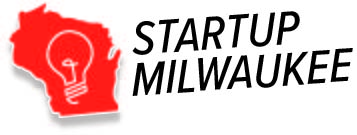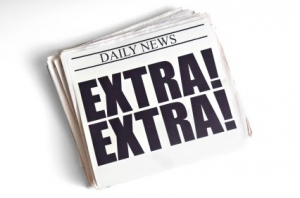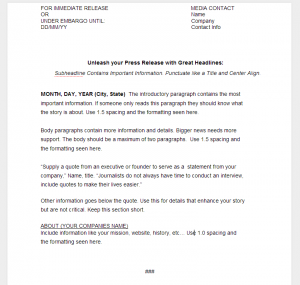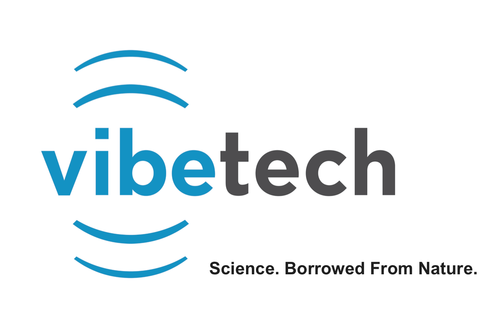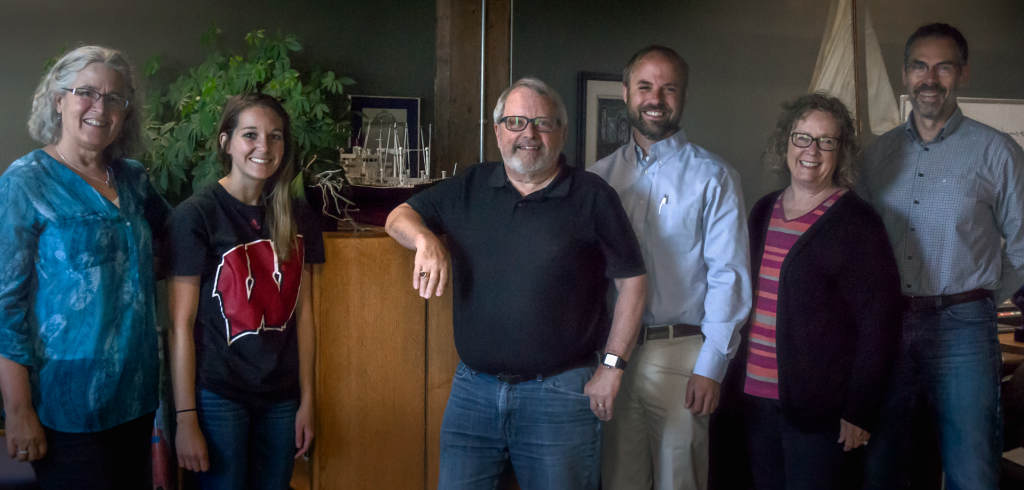 At the northernmost edge of Walker’s Point, Project Foundry is tucked away in a timeless Cream City brick office overlooking the Milwaukee River. Ellen Jennings, the Director of Operations at Project Foundry, answers the door and leads me to an open concept office reminiscent of an academic study. Among the M.C. Escher prints, model sailboats, and fern-lined bay windows, a team of six welcomes me as they work at desks spread throughout the space.
At the northernmost edge of Walker’s Point, Project Foundry is tucked away in a timeless Cream City brick office overlooking the Milwaukee River. Ellen Jennings, the Director of Operations at Project Foundry, answers the door and leads me to an open concept office reminiscent of an academic study. Among the M.C. Escher prints, model sailboats, and fern-lined bay windows, a team of six welcomes me as they work at desks spread throughout the space.
I sit down with Bill and Camille Mortimore, the CEO and the Chief Learning Officer of Project Foundry who inform me that while Project Foundry is not a startup, the company is young, emerging, and is committed to student success from Milwaukee and around the US.
About Project Foundry:
Project Foundry sprouted from the non-profit Homeboyz Interactive, a program designed to get kids off the street, teach them to code, and provide meaningful job placement. The launch of Project Foundry in 2006 was the result of years of cultivated research based on the success of those students in a project based learning environment.
“Project Foundry emerged to assist teaching new educational models as a means to adapt to the needs of a 21st century student,” Bill compares current education models to that of factory line workers, where the methods are the same year after year to produce mass amounts of product. “We meet students where they are [in their education], line out what to do next, track their progress and then repeat.”
Project Foundry helps implement project based learning systems and provide coordinating tracking software. Bill cites that students gain autonomy from this methodology and teachers gain the appropriate oversight so they can ask the right questions at the right time.
On Challenges:
“When you design a product like this, you need to line up the resources and make sure you’re in the right place at the right time,” Camille describes that changes in the market and needs of the student/teacher necessitates flexibility and ease of accessibility.
“By designing a highly customizable platform, you can adapt the language and the system… we don’t force our schools to use a particular model.”
Project Foundry works with stakeholders in an industry that doesn’t make changes very quickly, so searching out the right clientele was paramount in testing and improving their product. Alternative education programs from public schools were first to lean into project based learning and became the first users of Project Foundry.
On Staying in MKE:
“Being in Milwaukee was crucial… the reality is this movement (charter schools and PBL) has been predominant in Minnesota and Wisconsin. We have students on each coast, [but] Milwaukee prototyped the project.” Project Foundry has served over 250 schools across the country and maintains 10,000 active users. While many startups look to gain traction from investors in Silicon Valley, Project Foundry’s roots are strongly planted in the Midwest. Bill goes on to clarify, “There’s no reason for us to be anywhere else. To do something transformational, you can’t always go to the coast.”
On Advice for Startups:
The team at Project Foundry believe strongly in the power of community. Camille points out that more than half of their client base comes from referrals and that being an emerging business is consistent hard work for everyone in network. Camille recommends, “Find the others, find your kin, find your like minded. Invest your time in building your network. Find help and give help, [and] all those relationships will attract others.”
Many thanks to Bill, Camille, Ellen, and the rest of the team at Project Foundry for this opportunity to learn more about their mission and help inspire the rest of the Milwaukee Startup community with their story. Check out their website at ProjectFoundry.com.
Startup Spotlight is a summer series and collaboration between Pomelo Productions and Startup MKE.
Author Alycia Griesi is the Lead Graphic Designer and Content Creator for Pomelo Productions. Alycia works remotely in Salem, Wisconsin, and spends most of her free time baking, biking, and playing with her dog Vinnie. For article inquiries, email alycia@pomeloproductions.com.
